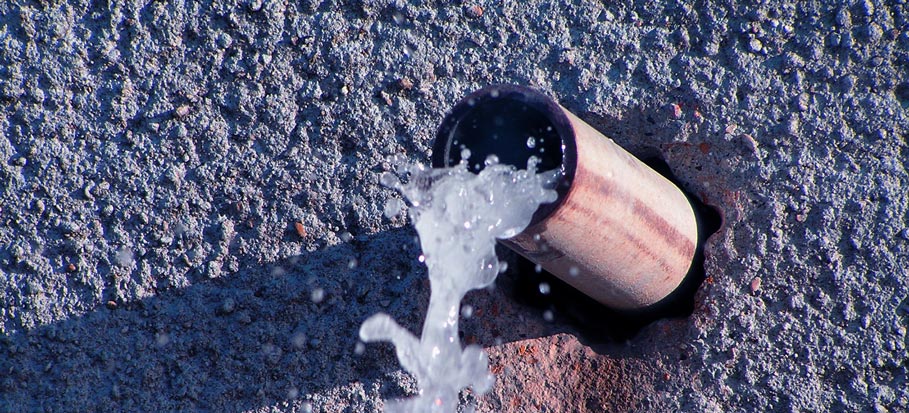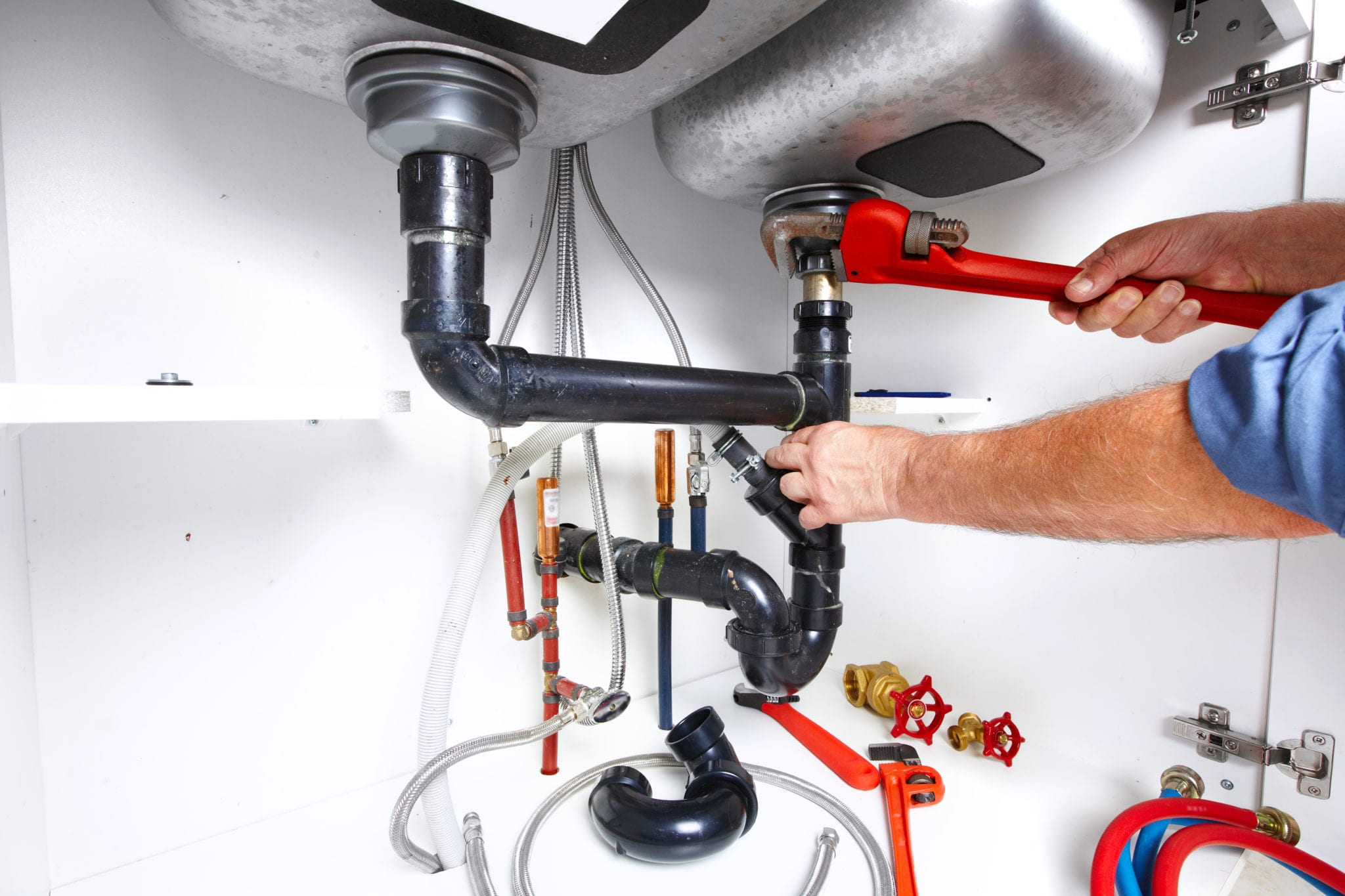Guide To Water Leak Discovery In The House
Guide To Water Leak Discovery In The House
Blog Article
Here below you can find more extremely good content regarding Detecting hidden plumbing leaks.

Early detection of leaking water lines can minimize a prospective disaster. Some small water leaks might not be noticeable.
1. Analyze the Water Meter
Every home has a water meter. Examining it is a surefire way that assists you uncover leaks. For starters, turn off all the water resources. Guarantee no person will certainly purge, make use of the tap, shower, run the washing device or dishwashing machine. From there, go to the meter as well as watch if it will transform. Given that nobody is utilizing it, there ought to be no activities. If it moves, that shows a fast-moving leakage. If you spot no changes, wait a hr or two and also inspect back again. This suggests you may have a slow-moving leak that can even be below ground.
2. Inspect Water Consumption
If you detect abrupt adjustments, in spite of your usage being the same, it means that you have leakages in your plumbing system. An abrupt spike in your expense indicates a fast-moving leak.
Meanwhile, a steady increase monthly, despite the same practices, shows you have a slow-moving leak that's likewise gradually rising. Call a plumber to completely check your property, particularly if you feel a warm location on your flooring with piping underneath.
3. Do a Food Coloring Test
30% comes from toilets when it comes to water consumption. Test to see if they are running appropriately. Decline flecks of food shade in the tank and wait 10 minutes. If the color somehow infiltrates your bowl throughout that time without flushing, there's a leakage in between the storage tank as well as bowl.
4. Asses Outside Lines
Don't forget to examine your outside water lines also. Test faucets by connecting a yard hose pipe. Should water leak out of the link, you have a loose rubber gasket. Change this and make sure all links are tight. It will help obtain it expertly took a look at and also maintained each year if you've obtained a sprinkler system. One small leak can lose lots of water and also spike your water bill.
5. Evaluate the situation and also check
Property owners should make it a behavior to inspect under the sink counters and also even inside closets for any type of bad odor or mold and mildew growth. These 2 warnings suggest a leakage so prompt interest is required. Doing routine inspections, even bi-annually, can conserve you from a significant problem.
If you know your residence is already old, maintain a watchful eye on your heating systems, pipes, pipelines etc. Check for stainings and compromising as most devices and pipes have a life expectancy. They will also naturally deteriorate due to wear and tear. Don't wait for it to escalate if you suspect dripping water lines in your plumbing system. Call a specialist plumber right away so you do not end up with an awful mess in your home.
Early detection of leaking water lines can reduce a potential disaster. Some little water leaks might not be visible. Examining it is a guaranteed means that assists you discover leakages. One tiny leakage can squander loads of water as well as spike your water expense.
If you think dripping water lines in your plumbing system, don't wait for it to intensify.
WARNING SIGNS OF WATER LEAKAGE BEHIND THE WALL
PERSISTENT MUSTY ODORS
As water slowly drips from a leaky pipe inside the wall, flooring and sheetrock stay damp and develop an odor similar to wet cardboard. It generates a musty smell that can help you find hidden leaks.
MOLD IN UNUSUAL AREAS
Mold usually grows in wet areas like kitchens, baths and laundry rooms. If you spot the stuff on walls or baseboards in other rooms of the house, it’s a good indicator of undetected water leaks.
STAINS THAT GROW
When mold thrives around a leaky pipe, it sometimes takes hold on the inside surface of the affected wall. A growing stain on otherwise clean sheetrock is often your sign of a hidden plumbing problem.
PEELING OR BUBBLING WALLPAPER / PAINT
This clue is easy to miss in rooms that don’t get much use. When you see wallpaper separating along seams or paint bubbling or flaking off the wall, blame sheetrock that stays wet because of an undetected leak.
BUCKLED CEILINGS AND STAINED FLOORS
If ceilings or floors in bathrooms, kitchens or laundry areas develop structural problems, don’t rule out constant damp inside the walls. Wet sheetrock can affect adjacent framing, flooring and ceilings.
https://www.servicemasterbyzaba.com/blog/how-to-detect-water-leakage-in-walls/

As a passionate reader about Top leak detection hacks, I think sharing that post was essential. Enjoyed reading our write up? Please share it. Let someone else check it out. Thank-you for taking the time to read it.
Report this page